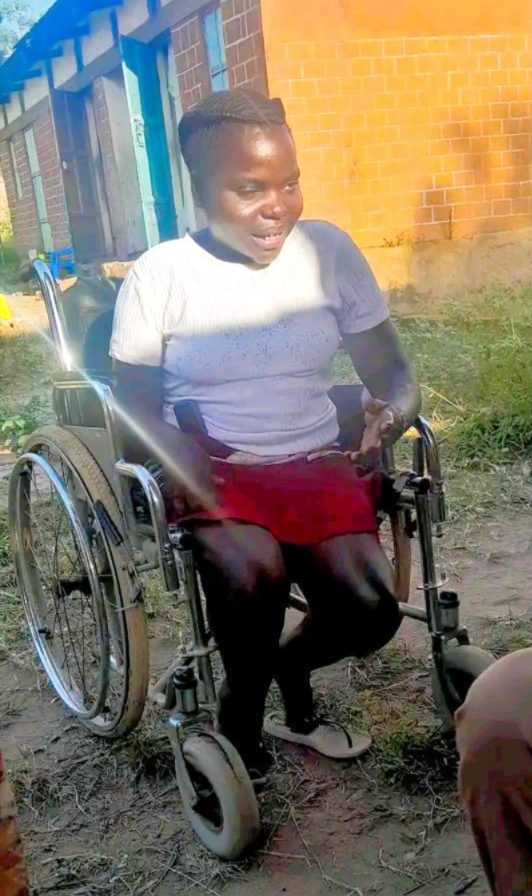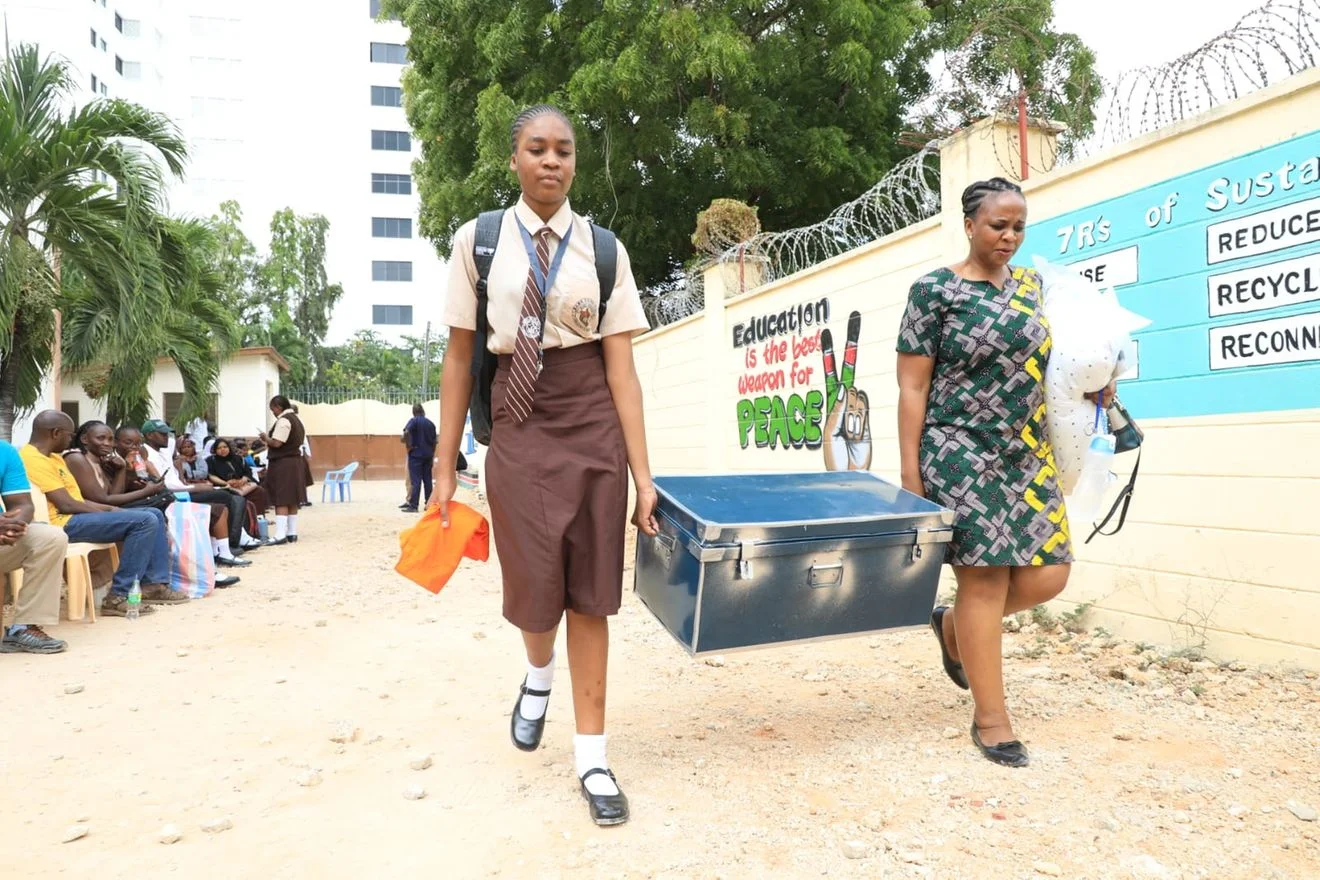Do you know how to help a young, helpless, and terrified child? Just what is childhood trauma? Simply put, this happens when a child has been suddenly over-whelmed by an unpredictable, sudden, and extraordinary event that causes her to feel helpless to cope with. Yes! Children are also exposed to extreme traumatizing situations.
Because trauma is the occurrence of the unthinkable, parents tend to undermine or, are ignorant of what children suffer when they are traumatized. The child is totally unprepared for the surprise and horror combined in one horrifying event. Whether the event that happens to a child is mild or severe, it matters deeply to a child’s memory and how he will perceive and handle future events.
Children’s reactions to trauma are not predictable, nor is there a particular pattern of responses. Several factors come into play for the reasons children react to trauma the way they do. Such traits like-personality, temperament, and previous environmental and historical factors are important as well, when treating a child.
If you are reading this article and your child, or child/ren that you know have suffered from some form of trauma, you need to take action for the sake of helping that child/ren.
Since each child is unique and responds differently to trauma, it is important to understand the uniqueness, details, meaning, and experiences of the trauma for each child. Maybe there are traumatized children in your home, in your church or, even in your classroom. Please don’t underestimate the power of trauma, and its effects on children. Simply put, a trauma is a psychological wound to an innocent child.
While it is much easier to care for a physical wound on a child, it is much harder to detect and treat a traumatized child. Because there are so many child predators, domestic abuse, bullies in school, homes and online, not to mention natural and accidental causes of trauma, it is very important for parents to be sensitive to their children, and to take note of any unusual signs in moods, personality, and behaviours.
Please take note that the experience of a traumatic event for a child is a severe imprint on a child’s memory, which is very different from everyday-normal experiences. Children are kept with lingering thoughts, negative emotions and visual images long after the event has taken place, even if their safety has been secured. At this juncture, you need to STOP! TAKE NOTE! And help or reach out to any child/ren that you think of, or are sure a child has been traumatized. IT’S NOT WHAT YOU SEE THAT IS REAL. It’s the unseen.
Sources of childhood Trauma:
- Social.
- Criminal Justice.
- Physical and Sexual.
- Catastrophes and Natural.
- Accidents and Severe Illness.
- Community.
- Domestic.
- Other Terrorizing Experiences.
Signs and symptoms of psychological trauma may not be expressed immediately by a child who has been traumatized. Children are limited in the ways to express their inner trauma. Very young children under the age of 11 years are not able to verbalize or talk freely about their uncomfortable or painful feelings. When a child is distressed, s/he most likely express their inner feelings by a visible change/s in their behaviour. These behavioural changes that you are observing in your child are a red flag for the inner struggles that they are processing and trying to come to terms with.
READ ALSO:
Alarm as fraudsters posing as EACC officers target secondary school Principals
The signs of a child’s trauma will vary according to the child’s age; to name a few: trembling, anger, sadness, excessive crying, clinging to caretaker, withdrawal, moodiness and anxiety.
Bursting The Invisible Bubble The Healing Process
When a child experiences a psychological trauma, it intrudes on the emotional safety of his life. The child no longer feels safe under any circumstances, because her Invisible Bubble of Protection surrounding her has been violated. Some years ago, I was always disturbed when I would hear about how caretakers/house helpers would treat little children. I would literally cry when I saw those horror stories on TV. Before I ever had children, there were four things that I knew I was going to do for them:
- Raise them for the Lord Jesus.
- Be a stay at home.
- Talk with them everyday about their experiences in school.
- Never send them to boarding school.
These actions allowed me to help them deal with any challenges that occurred, and it established an open channel of communication as well. By this, I had more peace during their school/ university years.
It is “my conviction”, that if a mother could, the best thing is to stay at home and raise her children, as her husband works. This does not eliminate childhood trauma; but it does make possibilities of more protection on the safety of her children. But, in today’s world most mothers must work because of the cost of living. Anyway, more of that later.
When a child is traumatized, he looks for protective parents, significant others, and/or trusted adults for safety, reassurance and support. In addition to this scenario, most parents of traumatized children are emotionally traumatized as well. Sometimes parents can feel that what they have to offer at this time is very little for their child.
Healing must start for the hurting child regardless of the situation. For a number of months parents, counselors/psychologist, as well as teachers must be proactive in helping the healing process to begin.
To help rebuild the “Invisible Bubble of Protection” for the child, several measures must be taken:
- Create comfort relaxing and soothing experiences for the child at home or school. This will help to decrease the stress and tension in their bodies: nursing, rocking, cuddling, singing and soothing music, telling stories, games, Bible stories at bad time, or quiet reading together.
- Backrubs, anytime or bedtimes. Even foot washing is so soothing and relaxing for children and adults at times of stress. Children need to calm their bodies during this These routines should be regular each week.
- At bedtime, children need more assurance as they may fear being in the dark, or being left alone in the bedroom. Ensure there is a night light, or the door left opened a bit and/or relaxing music at the first 10 minutes before sleep.
- If the child wakes up in the night because of nightmares, be quick to comfort by holding her, reading a scripture, or even signing to her. By all means wrap your arms around her, it’s the human touch that they need at this time.
Last, but not least, and much, much more, take your child to see a psychologist, counselor, and/or psychiatrist. This traumatizing experience may be a “HUGE ELEPHANT IN THE ROOM.” ACT NOW? The child’s life you can save, may be your own.
- www.purplehouseclinic.co.uk Understanding and managing challenging behaviours in children with complex trauma
- www.m/psychology.com Understanding Trauma Behaviour
- www.verywellmind Understanding the Effects of Childhood Trauma.
- www.samhsa.gov Recognizing and Treating Child Traumatic Stress Monehan, C. (1993). CHILDREN AND TRAUMA. New York: Lexington
By Doris Foxworth Odito
The writer is a professional counselling psychologist, certified health educator and missionary. She holds talks in schools and churches.
She can be reached at 0722-617404
You can also follow our social media pages on Twitter: Education News KE and Facebook: Education News Newspaper for timely updates.
>>> Click here to stay up-to-date with trending regional stories






